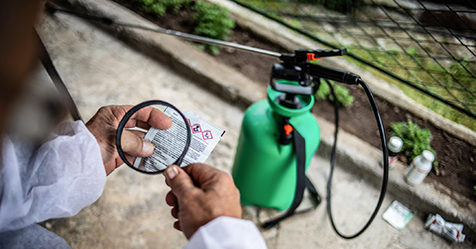Study: Self-Disinfecting Door Pads Reduce Bacteria Levels
Pads are designed for hospital doors and disinfect with each push.
Scientists at the University of Leeds in Leeds, England, have created a self-disinfecting textile that can reduce bacteria levels on hospital doors by 90 percent.
The textile will be used in antibacterial door pads that dispense a small quality of alcohol gel onto the pad when people push the door open, according to Infection Control Today. The surface is then disinfected for the next person who pushes the door, reducing the risk of cross contamination. A study published in the Journal of Hospital Infection found the door pads were more effective than standard door plates in reducing the levels of three bacteria that commonly cause hospital-acquired infections: S. aureus, E. coli, and E. faecalis
The door pads are not meant to replace strict handwashing rules, but help hands stay clean between washings.

